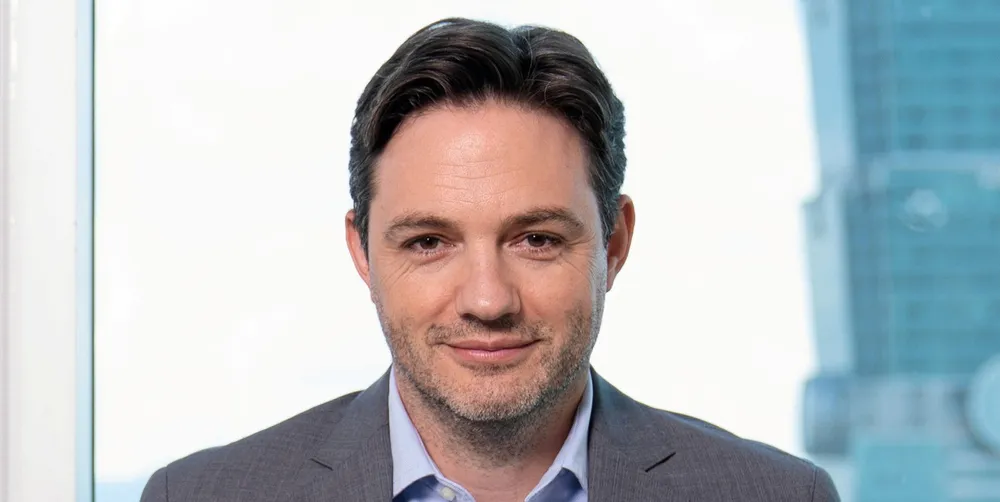Taiwan's local content and size cap challenge offshore wind viability: Orsted
Government in Taipei mulls 60%-plus local content rule and 500MW size cap for bids in next offshore wind auction

Government in Taipei mulls 60%-plus local content rule and 500MW size cap for bids in next offshore wind auction
